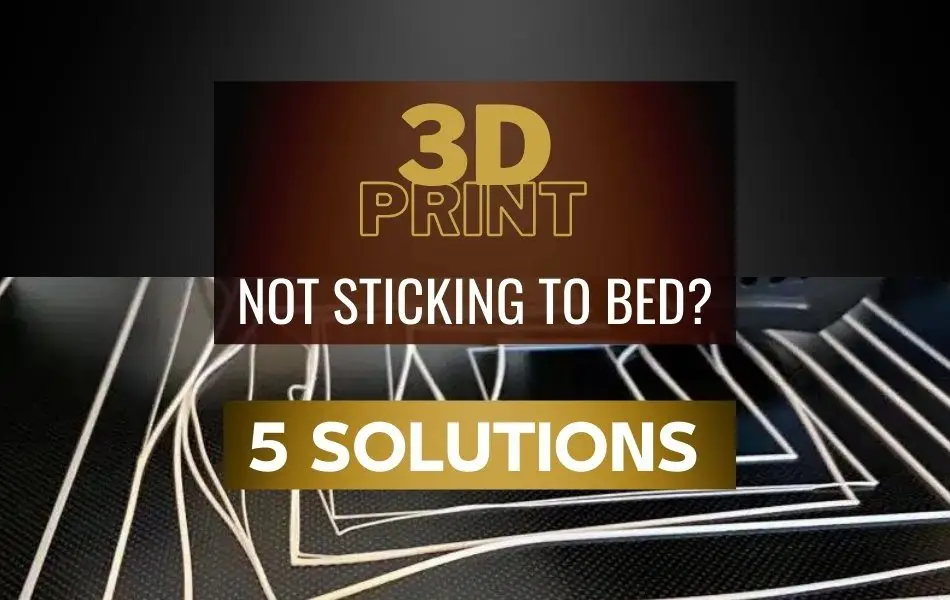PETG Data Sheet, Description & Applications Polyethylene Terephthalate Glycol, known as PETG or PET-G, is a thermoplastic polyester that delivers significant durability, chemical resistance, and formability for manufacturing. PETG is an adaptation of PET (Polyethylene terephthalate), where the ‘G’ stands for Glycol. In addition, it is added at a molecular level to offer different chemical […]






